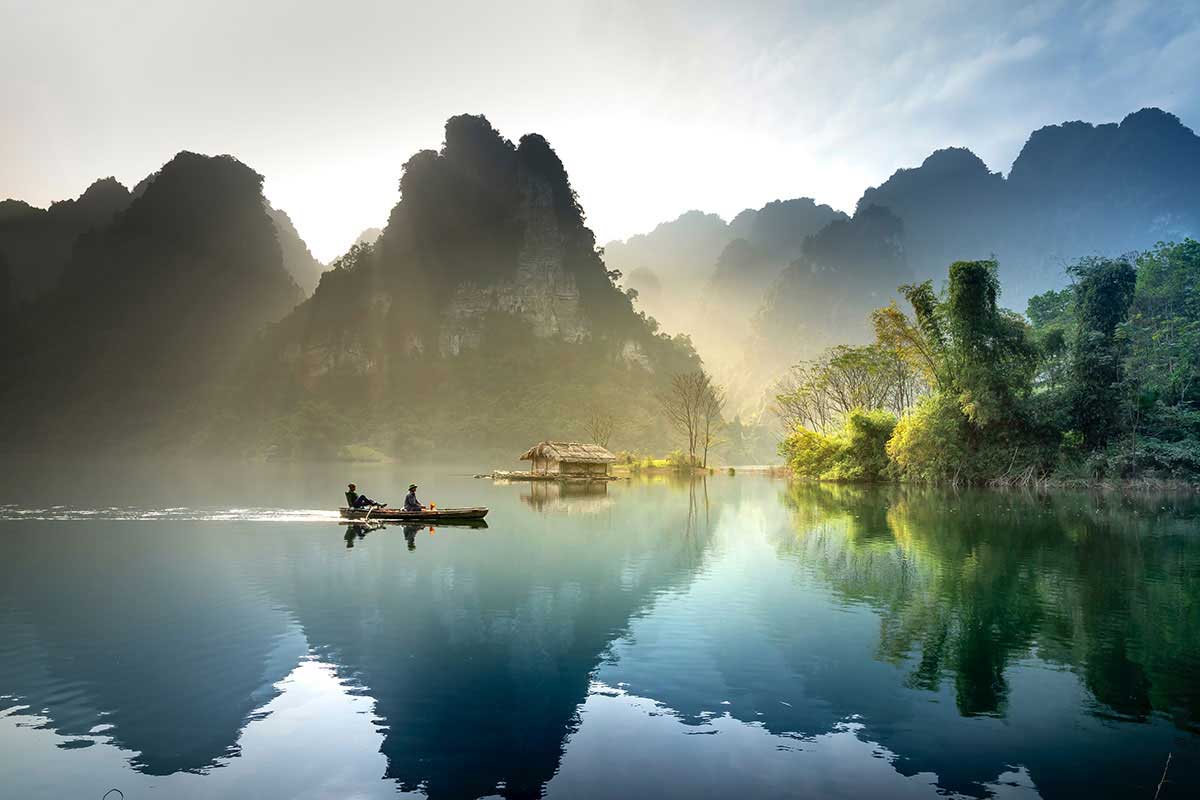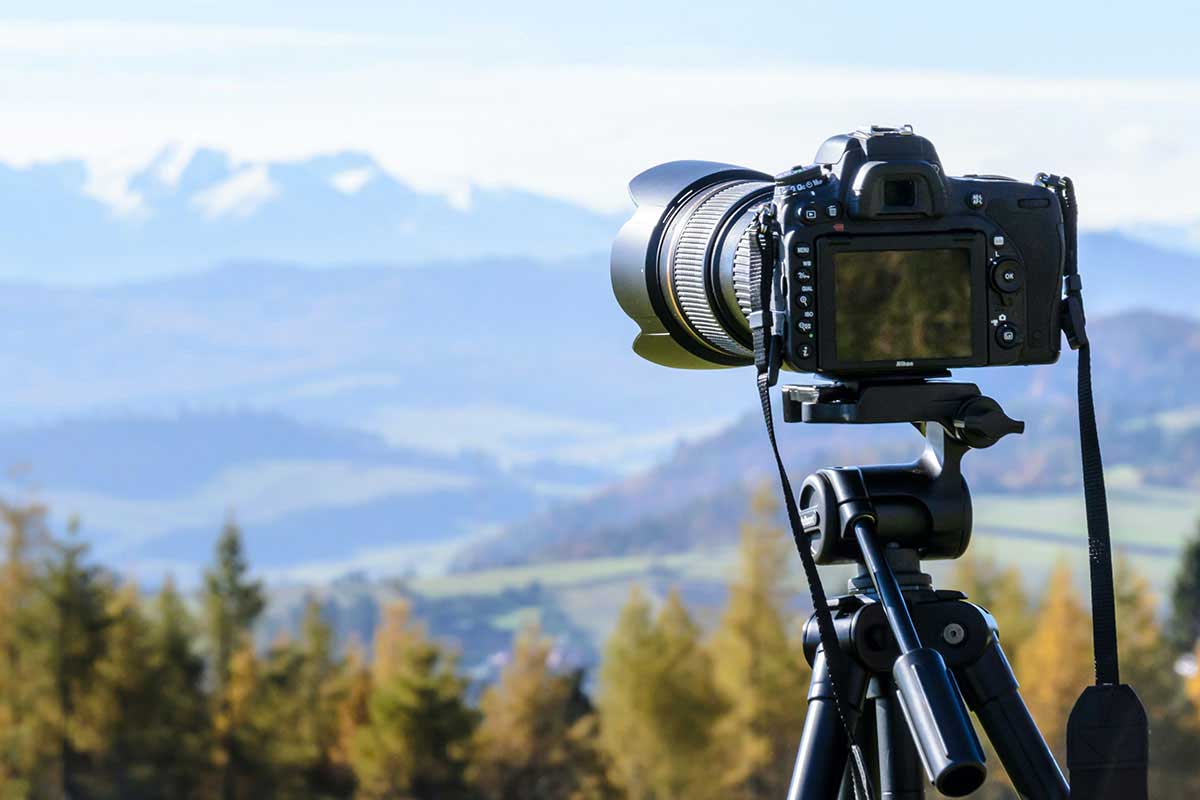If you’ve scrolled through Instagram, you’ve probably seen those fantastic vistas of natural or city landscapes that pop out of the screen.
The vibrant colors, the deep contrast, and the imposing shadows, all of it meshes together to create an image that you feel like you’re a part of. This is a good introductory example of how people use high dynamic range (HDR) to emphasize their landscape photography.
HDR and landscape photography have gone hand in hand for as long as HDR was an option in digital photography. Thankfully, it’s also not that hard to learn and apply to your own photos. It helps you make the most of beautiful landscape shots so you aren’t losing out on any quality.
What you see vs. what the camera sees are two different things, so here are some tips on how to shoot those images so you can recreate your perspective.
Always Use a Tripod
As with any landscape photography, you’re going to want to invest in a tripod, or start using one. Your hand may be steady but a tripod will always outdo the natural shakiness of a hand and make sure that the photo can be as level as possible. A good landscape photo has to be as level and static as possible but obviously if you read about HDR at parkerphotographic.com/what-is-dynamic-range-in-photography/, it’s not just that simple. Although, a possible way to improve your ability at shooting landscapes for HDR is by simply setting up your tripod. Tripods are a lot cheaper now too so there’s pretty much no reason to not be using one at this point. You’re going to need it for many more things than just HDR landscape photos as well.
Aperture Priority is Recommended
Low depth of field is good when you’re shooting portraits or trying to keep the focus on a singular object or subject, but when you’re shooting landscape, you want everything to be sharpy in focus. This is why you need to set your camera’s aperture mode to aperture priority. Maintaining a consistent depth of field throughout your photos will help you capture the entire scene in the same depth of field which makes it much easier in the editing phase, and makes it sharper, which requires less post-process sharpening that can make jagged edges on your image.
Set Your Focus on Manual
Along with aperture priority, you want to go with manual focus. Your focal point is as important to the shot as the depth of field and you want it consistent in the very same way. This gives you much greater control over the camera and helps you make better judgment calls on focus. You may mess up a few times, but that’s part of the process. The automatic focus will try to pick up various focal points and can result in a less than optimal landscape shot.
Landscape Shots for HDR
There are a lot of ways to shoot HDR, and a lot of ways to shoot landscape shots, so here are some good landscape shots you should shoot with HDR:
- Sunrise/Sunset
- Full moon near twilight
- Twilight
- Dappled or sunlight
Many of these landscape shots revolve around the time of day, which is integral to taking photos. Washed out colors or a lack of contrast may be a result of overcast skies, which is ironic considering that overcast is generally a good time to shoot. You also don’t want to shoot during a full sun because it casts hard shadows and may confuse your light meter. It can result in wonky saturation or uneven tones from sky to ground.
Understanding Your Histogram
Your histogram is one of your best friends in the photography period, so it stands to reason why it’s so important for something like HDR where you need to pay close attention to shadow and highlight clipping, tonal shifts, and exposure ranges. Not all histograms will look the same for a great shot, with exceptions being here and there as to the shift from a spike on the left end of the chart and a more even, centered shart. Typically, it’s considered better to underexpose than overexpose to be safer and check the most under and overexposed to compare the histograms to adjust for the dynamic range of your landscape shot.
Shooting in landscape style is great because your subject hardly if ever moves. It’s not like a dynamic portrait where you have to adjust the subject, but it does mean you need to pay close attention to your shooting practices. As for shooting in HDR, there is a lot to learn so it does take time, but eventually, when you figure out the shooting process, as well as paying attention during the post-processing phase, you’ll start to figure it all out in due time.








